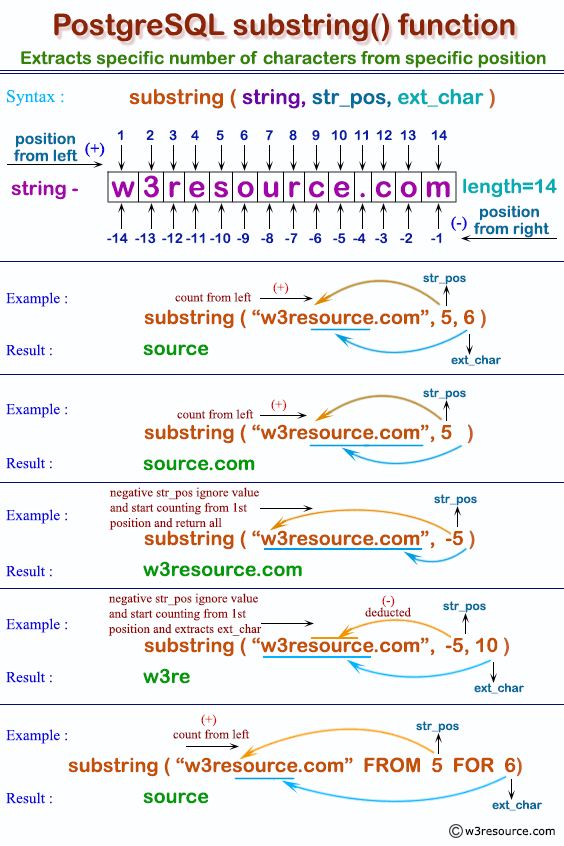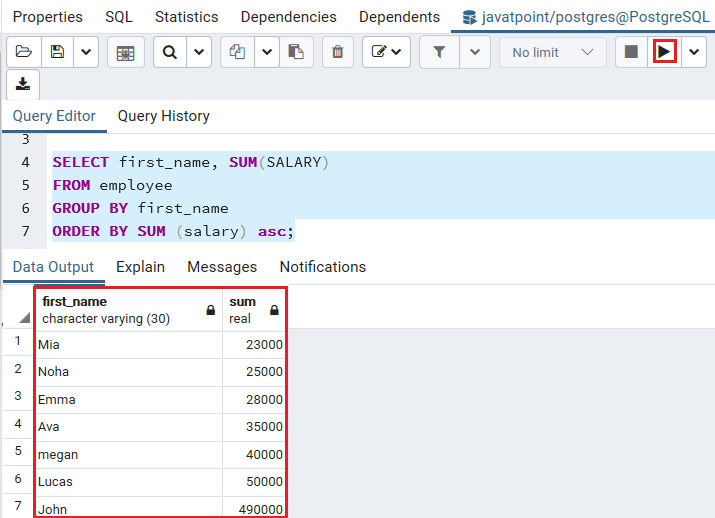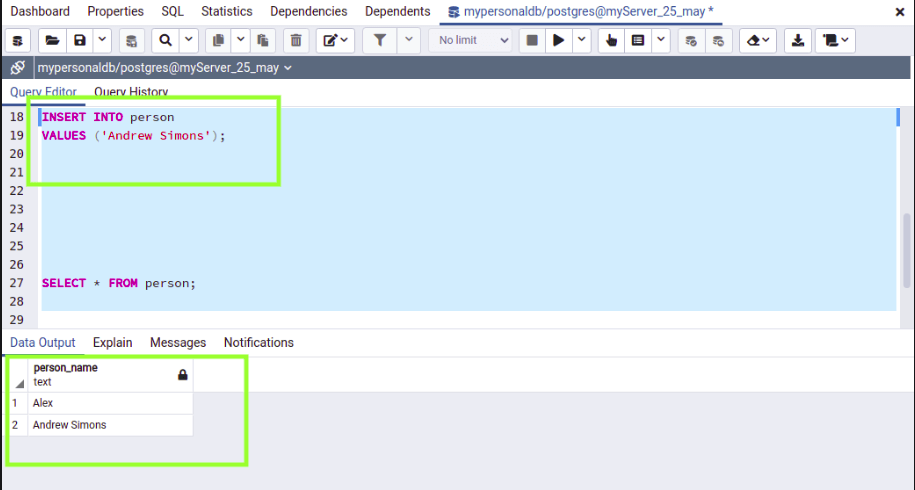
The difference between both clauses is that GROUP BY sorts rows with the same values, whereas the DISTINCT clause doesn’t do that. GROUP BY product_quantity, client_name SELECT DISTINCT product_quantity, client_name For example, if you run both queries, you will get the same result: SELECT product_quantity, client_name The DISTINCT clause is used instead of GROUP BY if there is no aggregate function in the SELECT statement. GROUP BY city GROUP BY and the DISTINCT clause For example, using the statement below, you can obtain the lowest number of products for each city: SELECT city, MIN(product_quantity) MySQL MIN function is used in the combination with GROUP BY to search for the minimum value of a specified expression. GROUP BY city GROUP BY with the MIN function Using the query below, you can get the total cost of products for each city: SELECT city, MAX(total_cost) MySQL MAX with the GROUP BY statement retrieves the maximum value of a specified expression. GROUP BY id GROUP BY with the MAX function The statement below returns the total cost of products according to their ids: SELECT id, SUM(total_cost) MySQL SUM is an aggregation function and is often used with GROUP BY to calculate the sum of the values. GROUP BY product_quantity, city GROUP BY with the SUM function
#Having postgresql example how to#
In this example, we’ll show how to group by city and product_quantity fields and count the number of grouped rows: SELECT city, product_quantity, COUNT(id) You can use MySQL GROUP BY to group several columns from a table at the same time. ORDER BY COUNT(*) DESC GROUP BY with multiple columns The query below groups and sorts clients by cities in the descending order: SELECT city, COUNT(*) If you do not specify the order in the query, the ascending order will be applied. ORDER BY is always placed after GROUP BY.

MySQL GROUP BY and ORDER BY can be used together to group rows with the same values and to sort the result in ascending or descending order. In the output, you will see the total number in the last row.

For example, if you want to retrieve the total number of products and group them by id, you can run the following query: SELECT id, SUM(product_quantity) Using the WITH ROLLUP modifier with GROUP BY allows including to the summary output extra rows that indicate higher-level (super-aggregate) summary processes. GROUP BY orders.city GROUP BY and the WITH ROLLUP modifier Then you can run the query below: SELECT orders.city, COUNT(*) So, let’s imagine that you want to get rows with the same values from the Employees and Orders tables on the basis of matching values between them. There are three types of JOINS in MySQL, but in this section, we’ll review INNER JOIN. MySQL GROUP BY can be combined with JOIN in order to group rows with the same values from one or several tables, based on a related column between them. HAVING SUM(total_cost) < 500 GROUP BY with JOIN The statement below returns ids and the total cost that is less than 500: SELECT id, total_cost The HAVING clause is used instead of WHERE with aggregate functions.

You can add HAVING to the GROUP BY syntax to find rows with particular conditions. Using the above syntax, we’ll know the number of products for each city. Here is an example of MySQL GROUP BY with the COUNT aggregation function: SELECT city, COUNT(product_quantity)



 0 kommentar(er)
0 kommentar(er)
